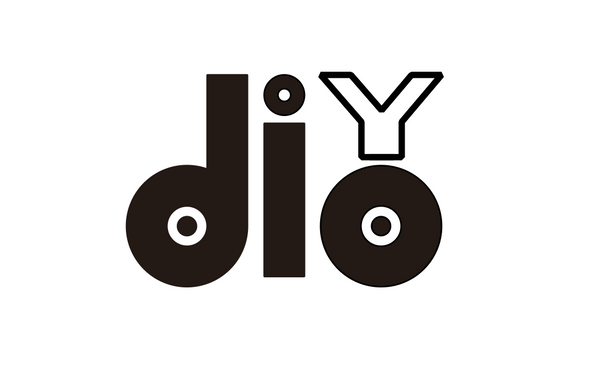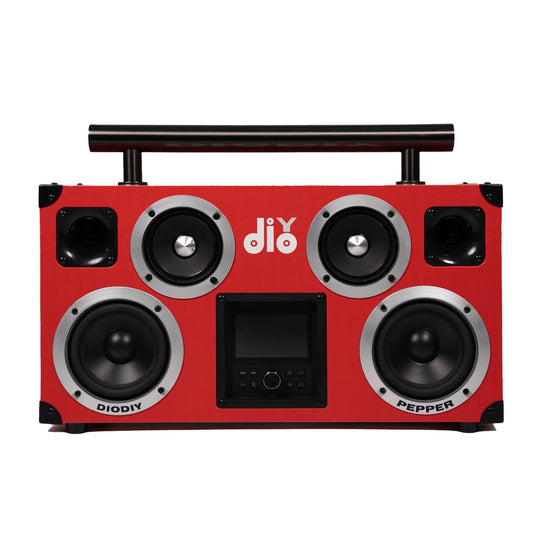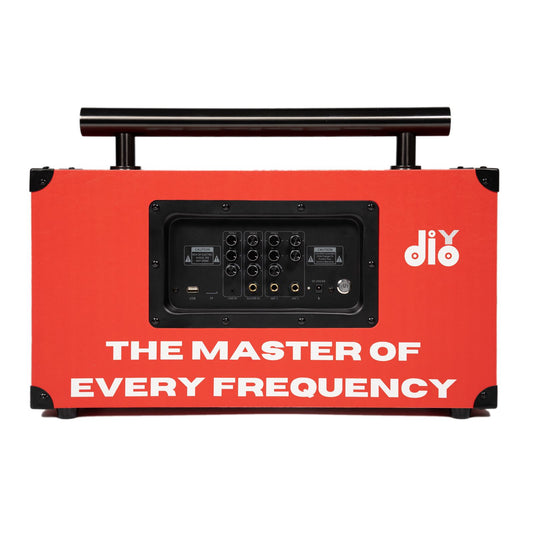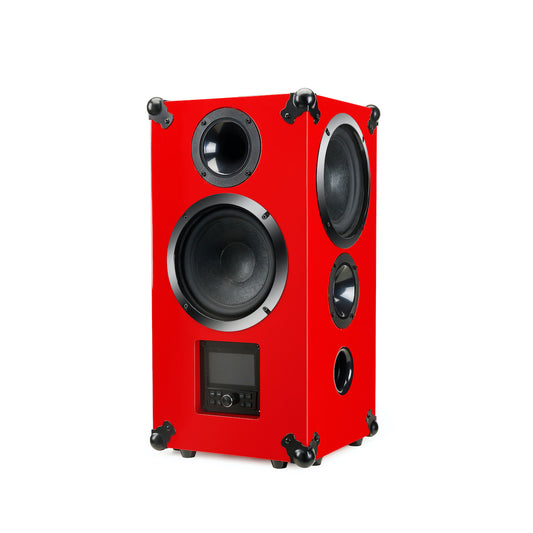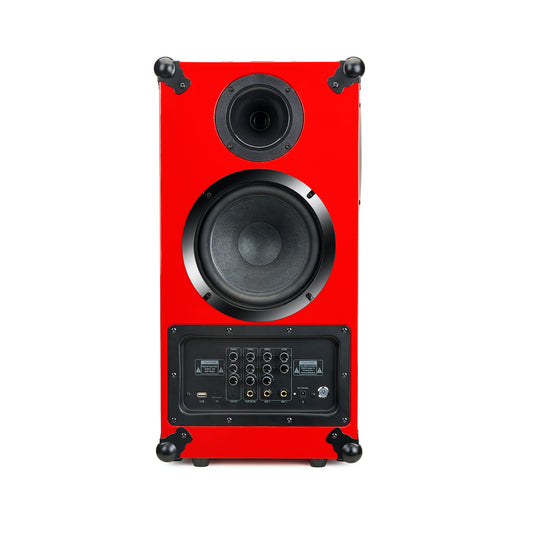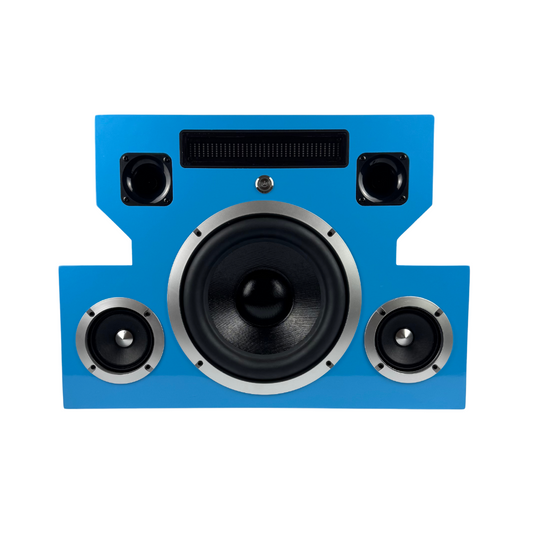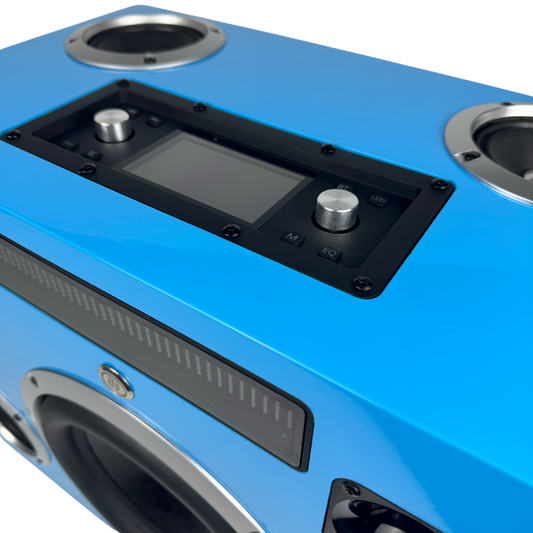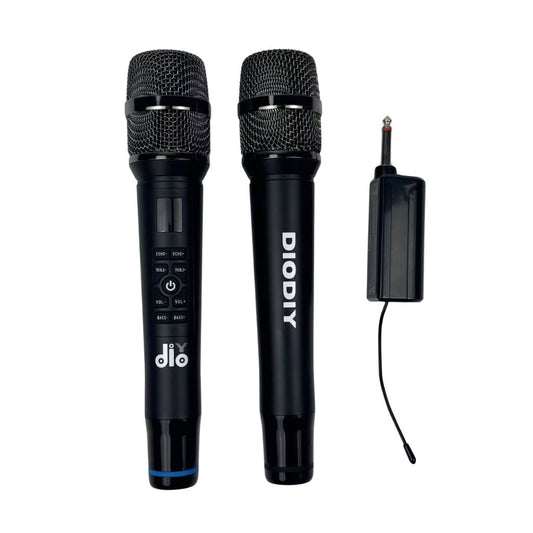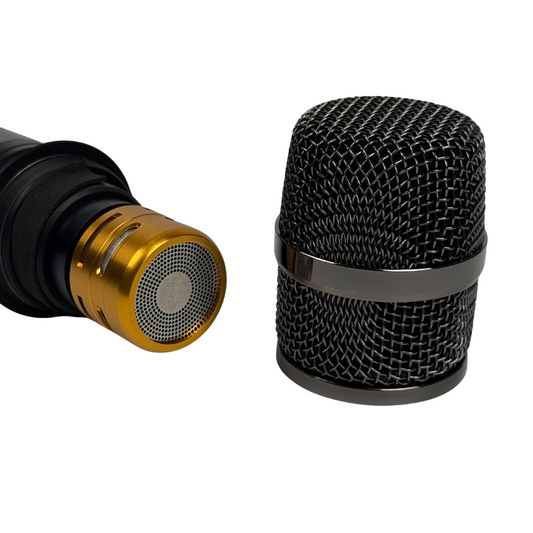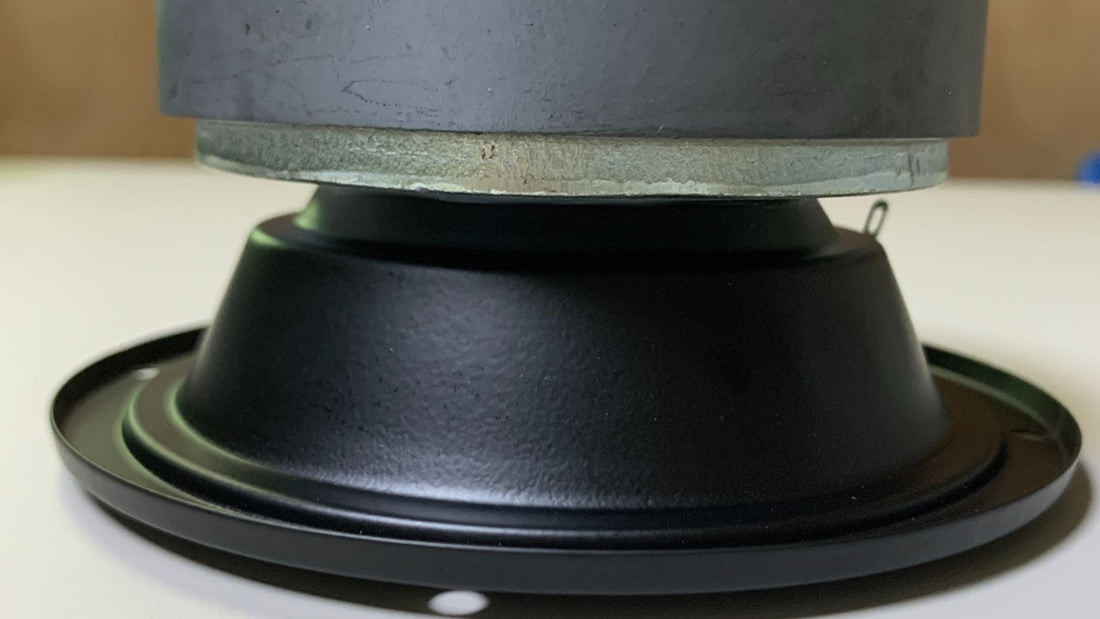
What is a Sealed Basket in Loudspeaker Design
Share
In the world of custom speaker design, every component plays a crucial role in shaping the final sound output. One of the often overlooked but important aspects of loudspeaker construction is the sealed basket. This particular design feature significantly impacts the way sound is produced and how it interacts with the surrounding environment. Whether you're designing a home sound system or a high-performance audio setup, understanding the role of a sealed basket can help you achieve high-quality sound in an effective way.
In this blog, we will explore what a sealed basket is, how it functions in loudspeaker design, and the effect it has on sound quality and performance. We’ll also examine its advantages and drawbacks, and why it could be a key factor in building your next custom speaker system.
What is a Sealed Basket in Loudspeaker Design?
A sealed basket refers to a specific type of speaker enclosure or chamber that surrounds the rear of the speaker driver, completely sealing off the back of the driver from the front. In traditional open-frame speaker designs, the rear of the driver is exposed to the air inside the speaker cabinet. In contrast, a sealed basket isolates the back of the driver within a completely closed chamber, preventing any interaction between the rear sound waves and the front sound waves.
This sealed enclosure creates a controlled acoustic environment for the speaker driver, allowing it to perform more predictably and efficiently. This design is particularly common in midrange drivers and tweeters, where clarity and precision are critical. However, sealed baskets can also be used in other parts of a speaker system, such as woofers, to fine-tune bass response and improve overall sound control.
How Does a Sealed Basket Affect Sound?
The sealed basket design significantly influences several key aspects of sound performance, including frequency response, distortion, and efficiency. Let’s take a closer look at how a sealed basket impacts these areas of sound reproduction.
1. Control Over Sound Waves
One of the primary functions of a sealed basket is to control how sound waves are produced and managed within the speaker enclosure. In a loudspeaker, the driver produces both forward and backward sound waves. Without a sealed basket, these rear sound waves can bounce around inside the cabinet and interact with the front waves, often leading to phase cancellation and distortion.

A sealed basket eliminates this issue by completely isolating the rear sound waves, ensuring they don’t interfere with the front sound output. This results in cleaner, more accurate sound, particularly in the mid and high-frequency ranges where precision is essential. By keeping the rear waves contained, the sealed basket also reduces the likelihood of unwanted resonances or vibrations that could color the sound.
2. Improved Clarity and Detail
For high-quality audio reproduction, clarity and detail are critical. The sealed basket design helps achieve this by minimizing phase cancellation and ensuring that the driver operates more efficiently. Since the rear sound waves are trapped inside the sealed enclosure, the driver can focus on producing forward sound waves with greater accuracy. This leads to clearer, more focused sound, especially in the midrange and high-frequency bands.
This is particularly important for custom speaker builders who want to create speakers that deliver precise and detailed audio performance. Whether you’re designing speakers for a home theater system, professional audio setup, or a high-end sound system, the sealed basket can enhance clarity and ensure that every detail in the music or dialogue is faithfully reproduced.
3. Reduced Distortion
Another major benefit of the sealed basket design is its ability to reduce distortion. In loudspeakers, distortion often occurs when the rear sound waves reflect off the internal walls of the cabinet and re-enter the listening space. These reflected waves can interfere with the forward sound waves, creating distortion that degrades the overall sound quality.
With a sealed basket, these unwanted reflections are eliminated, leading to a reduction in harmonic distortion and improved overall sound purity. This is especially beneficial for high-frequency drivers, such as tweeters, where even minor distortions can be easily heard. By keeping the rear sound waves isolated, the sealed basket ensures that the forward sound waves remain clean and uncolored.
4. Enhanced Bass Response
While sealed baskets are often associated with midrange and high-frequency drivers, they can also be used in subwoofers and woofers to improve bass performance. A sealed enclosure creates a controlled acoustic environment that allows the woofer to produce tight, accurate bass with minimal distortion. The air trapped inside the sealed basket acts as a cushion, controlling the movement of the woofer cone and preventing it from overextending.
This results in more precise, punchy bass that is free from the boominess or muddiness that can occur in open-enclosure designs. For custom speaker builders who want to create a sound system with a strong and controlled low-end, incorporating a sealed basket into the woofer design can make a significant difference.
5. Efficiency and Power Handling
One of the trade-offs of a sealed basket design is that it can be less efficient compared to other types of speaker enclosures, such as ported or vented designs. In a sealed enclosure, the trapped air inside the basket limits the movement of the driver, which means it requires more power to achieve the same sound levels as an open or ported design.
However, while the efficiency may be lower, the sealed basket offers greater control over the driver’s movement, leading to more accurate and linear sound reproduction. This makes it a preferred choice for high-end sound systems where sound quality and precision take priority over sheer output volume.
Advantages of Sealed Basket Design in Custom Speaker Systems
When designing a custom speaker, the sealed basket offers several advantages that can elevate the overall performance of your sound system. Let’s explore some of the key benefits of this design.

1. Cleaner Sound with Less Distortion
The primary advantage of the sealed basket is its ability to produce clean, distortion-free sound. By isolating the rear sound waves and preventing them from interacting with the front waves, the sealed basket eliminates phase cancellation and ensures that the audio remains pure and uncolored. This results in a clearer, more detailed sound that is free from the muddiness or boominess that can occur in open-enclosure designs.
2. Improved Midrange and High-Frequency Performance
For custom speaker builders who are focused on achieving high-quality midrange and treble performance, the sealed basket design is an excellent choice. The controlled acoustic environment provided by the sealed enclosure allows the driver to reproduce midrange and high-frequency sounds with greater precision, leading to improved clarity, detail, and accuracy.
3. Tighter, More Controlled Bass
In subwoofer and woofer designs, a sealed basket can enhance bass performance by preventing overextension of the woofer cone and reducing unwanted resonances. The result is tighter, more controlled bass that adds depth and impact to your sound system without overwhelming the other frequencies.
4. Consistent Performance Across Environments
Because the sealed basket isolates the rear sound waves from the surrounding environment, it provides consistent performance regardless of the speaker’s placement. Whether the speaker is placed near a wall, in a corner, or in an open room, the sealed basket ensures that the sound remains controlled and accurate. This makes it a versatile option for a wide range of custom speaker designs.
Disadvantages of Sealed Basket Design
While the sealed basket offers many benefits, there are some drawbacks to consider as well. Understanding these limitations can help you determine whether a sealed basket is the right choice for your custom speaker project.
1. Lower Efficiency
As mentioned earlier, the sealed basket design can be less efficient than other types of enclosures. Because the air inside the sealed enclosure limits the movement of the driver, it requires more power to achieve the same sound levels as a ported or vented design. This means that sealed baskets may not be the best choice for applications where high output volume is the primary goal.
2. Limited Low-End Extension
While the sealed basket provides tight, controlled bass, it may not produce the deep, extended low-end frequencies that a ported or vented enclosure can achieve. If you’re looking for a speaker that delivers powerful, room-shaking bass, a ported design may be a better option. However, for those who prioritize accuracy and control over sheer volume, the sealed basket remains an effective choice.
3. Requires More Power
Because sealed baskets are less efficient, they require more power to drive the speaker to high volume levels. This means you may need a more powerful amplifier to achieve the desired sound output. For custom speaker builders, this is an important consideration, as it may affect the overall design of the sound system.
Materials Used in Sealed Basket Design
The materials used in constructing a sealed basket can also affect the performance of the speaker. Common materials include:
- Plastic: Lightweight and affordable, plastic is commonly used for sealed baskets in smaller speakers and tweeters. It offers decent acoustic isolation but may not provide the same level of rigidity as other materials.
- Metal: Metal sealed baskets are often found in high-end speakers due to their strength and durability. Metal provides excellent acoustic isolation and helps minimize vibrations and resonances, resulting in cleaner sound.
- Composite Materials: Some high-performance sealed baskets are made from composite materials that combine the benefits of plastic and metal. These materials offer a good balance of strength, weight, and acoustic isolation, making them ideal for custom speaker designs.
How to Choose the Right Sealed Basket for Your Custom Speaker
When choosing a sealed basket for your custom speaker project, there are several factors to consider:
- Driver Size and Frequency Range: Consider the size of the driver and the frequency range you want to cover. Sealed baskets are often used in midrange and high-frequency drivers, but they can also be used in woofer and subwoofer designs to control bass response. Be sure to choose a sealed basket that matches the driver size and is optimized for the frequency range you want to target. For midrange and high-frequency drivers, a sealed basket provides precise sound reproduction, while in woofers, it delivers tighter, more controlled bass.
- Sound Quality Goals: If your goal is to achieve high-quality sound with minimal distortion, especially in the midrange and high frequencies, a sealed basket design is an excellent choice. This design will help deliver clear, uncolored sound, making it ideal for custom speakers where precision is a priority.
- Power Handling: Since sealed basket designs can be less efficient and require more power, consider the amplifier and overall power needs for your sound system. A more powerful amplifier may be necessary to drive the speakers effectively, especially if you are building a high-output system.
- Speaker Placement: The sealed basket design ensures more consistent performance across different environments, making it a good option if you’re unsure where the speaker will be placed or if the setup is prone to changing. Whether your speaker is near a wall, in a corner, or in an open room, the sealed basket will maintain controlled sound output, limiting the influence of external acoustics.
- Application: The type of sound system you’re building should influence whether a sealed basket is the right choice. For home theater setups, where clarity and detail are crucial, sealed baskets in the midrange and tweeter drivers will ensure sharp, precise sound. For professional audio applications, such as studio monitors, where accuracy is critical, sealed baskets can improve performance. However, if you're building a speaker that requires high-output bass, a vented or ported design may be better for subwoofers.
Conclusion: Is a Sealed Basket Right for Your Custom Speaker?
A sealed basket in loudspeaker design offers numerous benefits, including improved sound clarity, reduced distortion, and tighter control over bass and midrange frequencies. By isolating the rear sound waves and preventing unwanted reflections and phase cancellation, sealed baskets allow drivers to perform with greater precision, delivering high-quality sound in a wide variety of applications.
While sealed baskets may have lower efficiency compared to ported or vented enclosures, the trade-off in sound quality often makes them a preferred choice for custom speaker builders who prioritize accurate and detailed sound reproduction. From midrange drivers to tweeters, and even woofers, sealed baskets play a vital role in ensuring consistent, reliable performance in any sound system.
If you’re looking to build a custom speaker with a focus on sound quality and precision, the sealed basket design is an effective solution. Feel free to contact us if you need guidance or assistance with your custom speaker project. We're here to help you achieve the best possible sound experience tailored to your needs.
